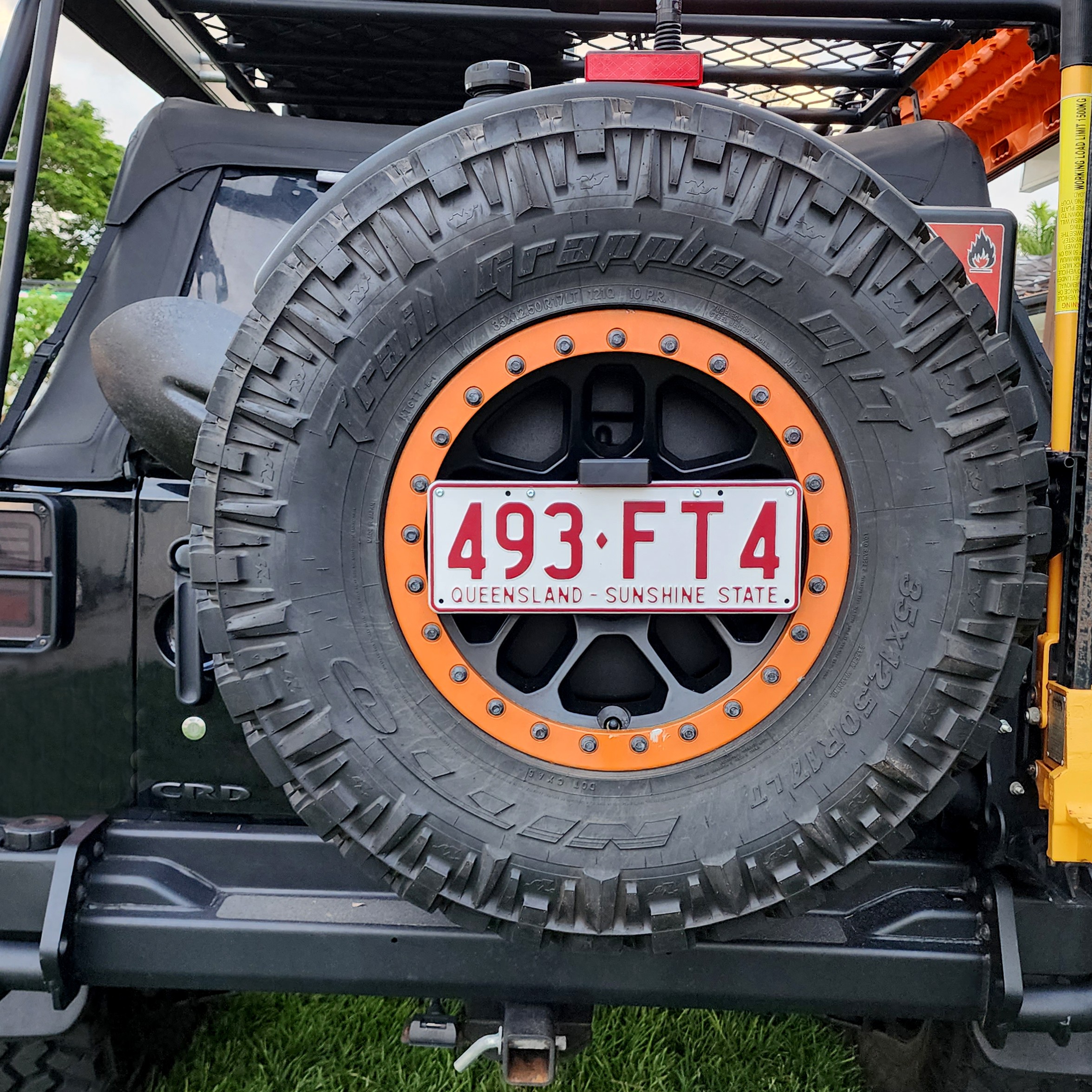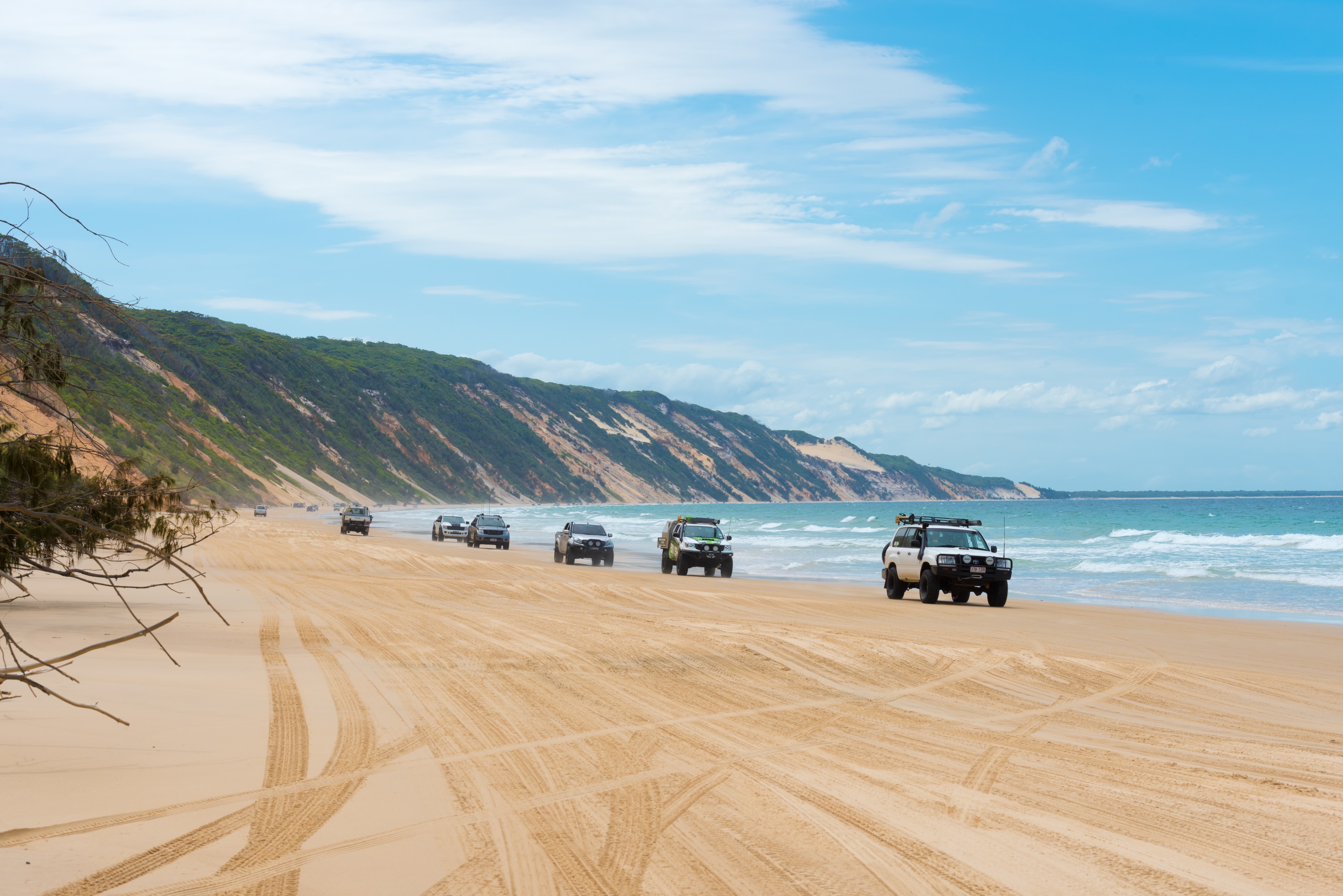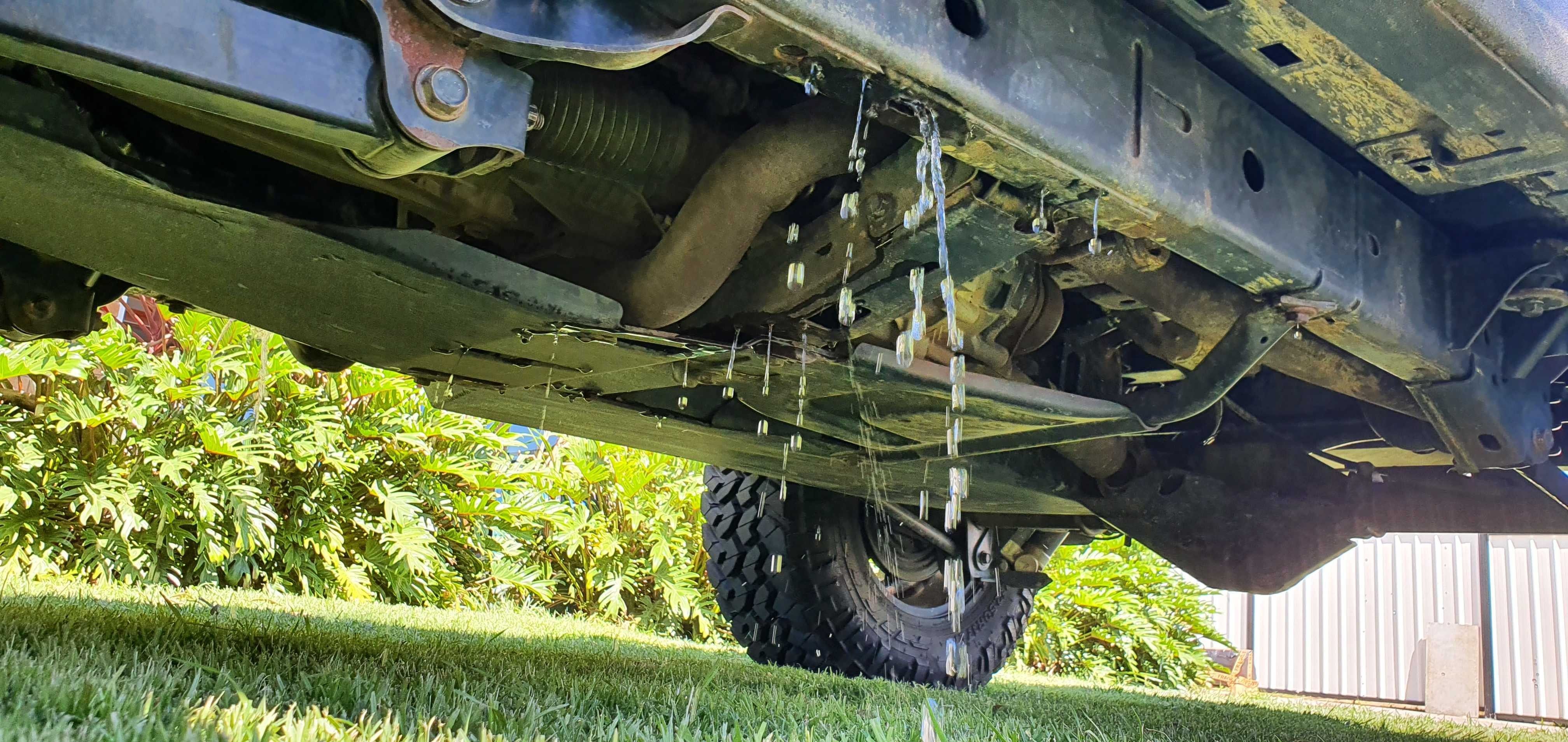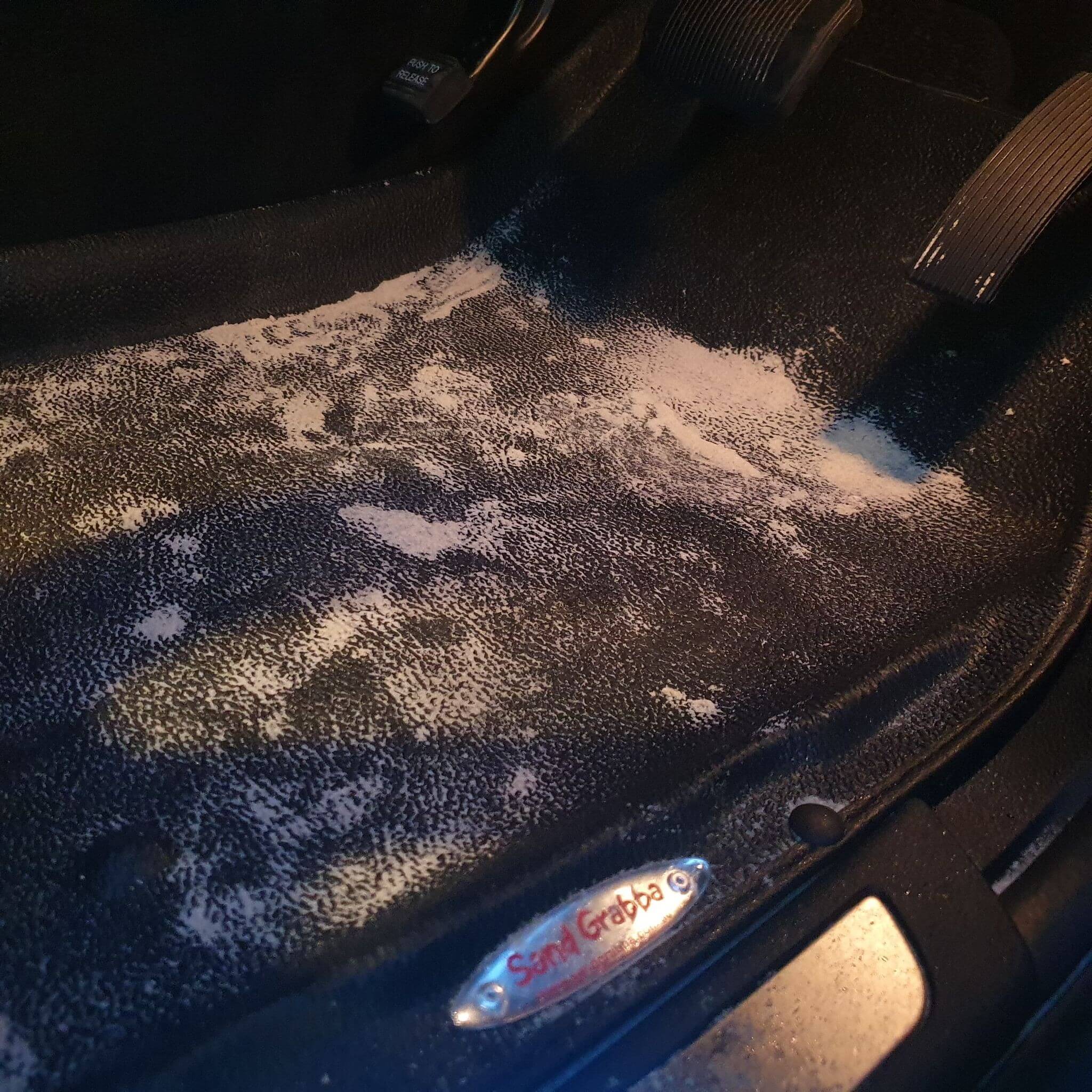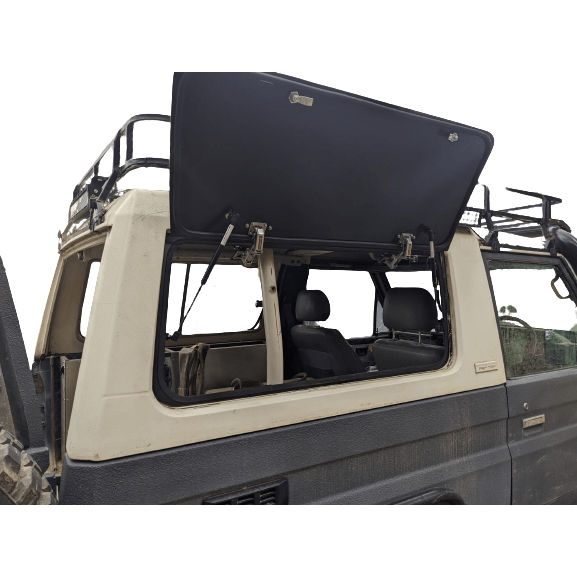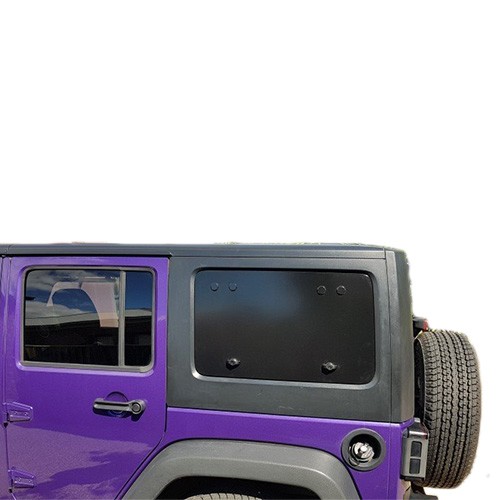4x4 vs 4x2 - What's The Difference & Do You Really Need It?
We all know that four wheel drive is what you need when you go off road, but a lot of people don’t really know how it works. Many think that a 4wd transmission keeps all the wheels turning at the same speed. That’s not always the case though. Sometimes you need to have wheels turning at different speeds. When you’re turning the outside wheels have further to go, so they spin faster. If a wheel’s slipping the differential will feed more power to it – not always what you need, but different types of transmission have different tricks for sorting that. Here’s a guide to the transmission types you can find on off road vehicles.
4x2– Two wheel drive is what most cars, and some Utes and crossover SUVs, have. The powered wheels are usually the front ones but some sports cars and high end models are rear wheel drive. If you’re planning on going off road you probably want to avoid this.
4x4– Having all four wheels powered gives much better cross country capability. For off road driving it’s pretty much essential. It also comes in different flavours, so it’s a good idea to know a few more details.
Part Time 4wdlets you select between 4x2 and 4x4 according to conditions. It’s usually found on older vehicles – earlier 4wd systems often had worse fuel economy on the road, so drivers liked a choice. When crossing rough ground, or when the grip is poor, a selector lever shifts the transmission to 4x4 mode. There’s usually a second lever to select high/low range and diff lock. Usually the vehicle has to be stopped and out of gear to change over. Series III Land Rovers are a classic example of part time 4wd.
Automatic 4wdis a more modern variation. The transmission can monitor wheel speeds, and switches to 4wd when necessary.
The latest model isShift on the fly 4wd. Like part time 4wd you can change between 4x2 and 4x4, but you don’t have to stop to do it. There’s usually an upper speed limit for changing; some vehicles have a mechanical shift lever, and if you operate it above the limit you can wreck your gearbox. Others have electronic actuators; these won’t work if you’re going too fast.
So there’s a good choice of 4wd systems out there. If you’re not sure what suits you best you should try to drive a few vehicles with different systems and see what suits your driving style. Your ideal 4wd will also depend on what you plan to do with it. A lot of crossovers and soft-roaders have all wheel drive systems that work great on rough tracks or wet roads, but struggle a bit when things get really tough. If you’re planning on ramming your way through sand or deep mud you want a full-on 4x4 with low range and a diff lock; a set-up like that will go just about anywhere.

